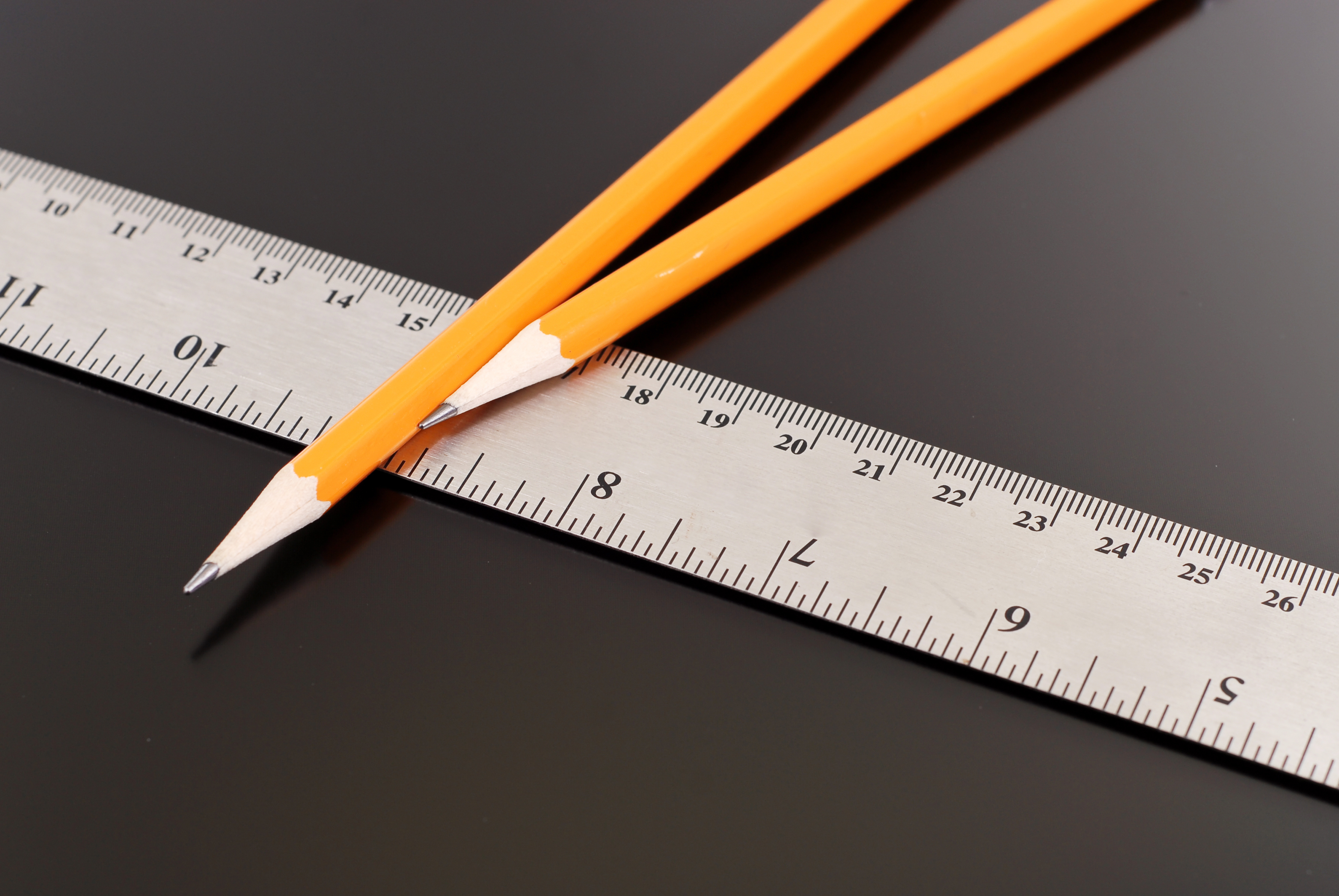The focus of this activity is to find out what students know and understand about length. By Year 2 students need to begin to move beyond a familiar definition of length and must begin to see the importance of using uniform units.
Purpose
- Recognise and explain different ways we measure
- Develop an accurate definition of length
- Explain how and when we measure length
- Recognise the different materials used to measure length
- Explain how the different measurement tools are used
- Recognise and explain the different between units, e.g. uniform and non-uniform units, formal and informal units
- Choose appropriate materials to estimate and measure the length of objects
- Compare the length of objects and explain which is longer/shorter/equal to, etc.
- Order a set of objects according to their length
- Apply what we have discovered to help us estimate the length of different objects
Curriculum Connections: NSW Syllabus Mathematics K-10 – Stage 1.2
Length
- Compare and order several shapes and objects based on length, using appropriate uniform informal units(ACMMG037)
At the end of this lesson students should be able to answer the following questions
- What are the different ways me measure?
- What is length? How do we measure length?
- What are some examples of length?
- What are some different materials or tools we can use? How do we use these tools?
- Why do we estimate? How can estimating help us?
- How can we compare the size of objects?
- How can we check to ensure our comparisons are correct?
- What is the standard unit for length? What is the relationship between the units?
For more information, please download the attached lesson plan.
Recommended Posts



